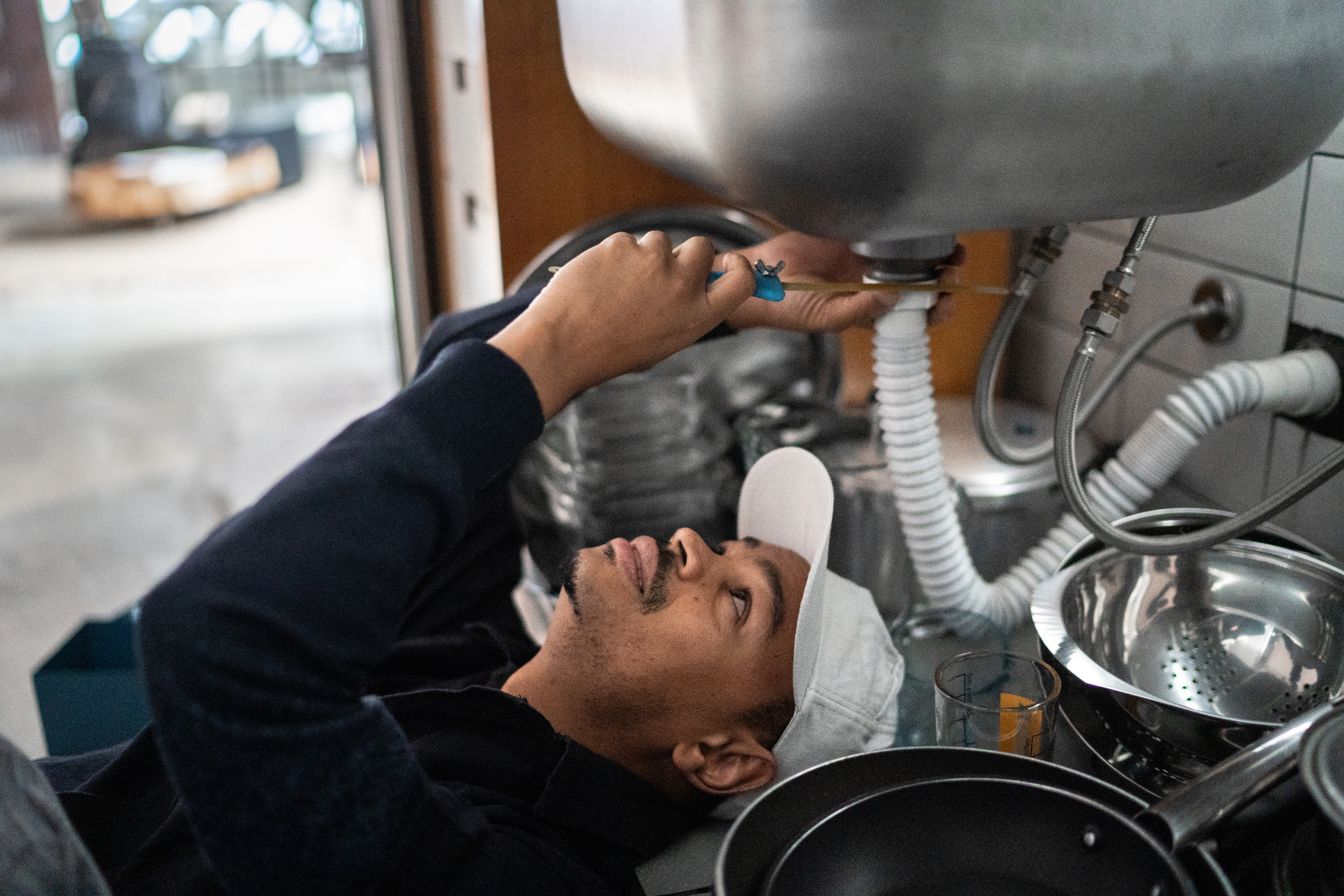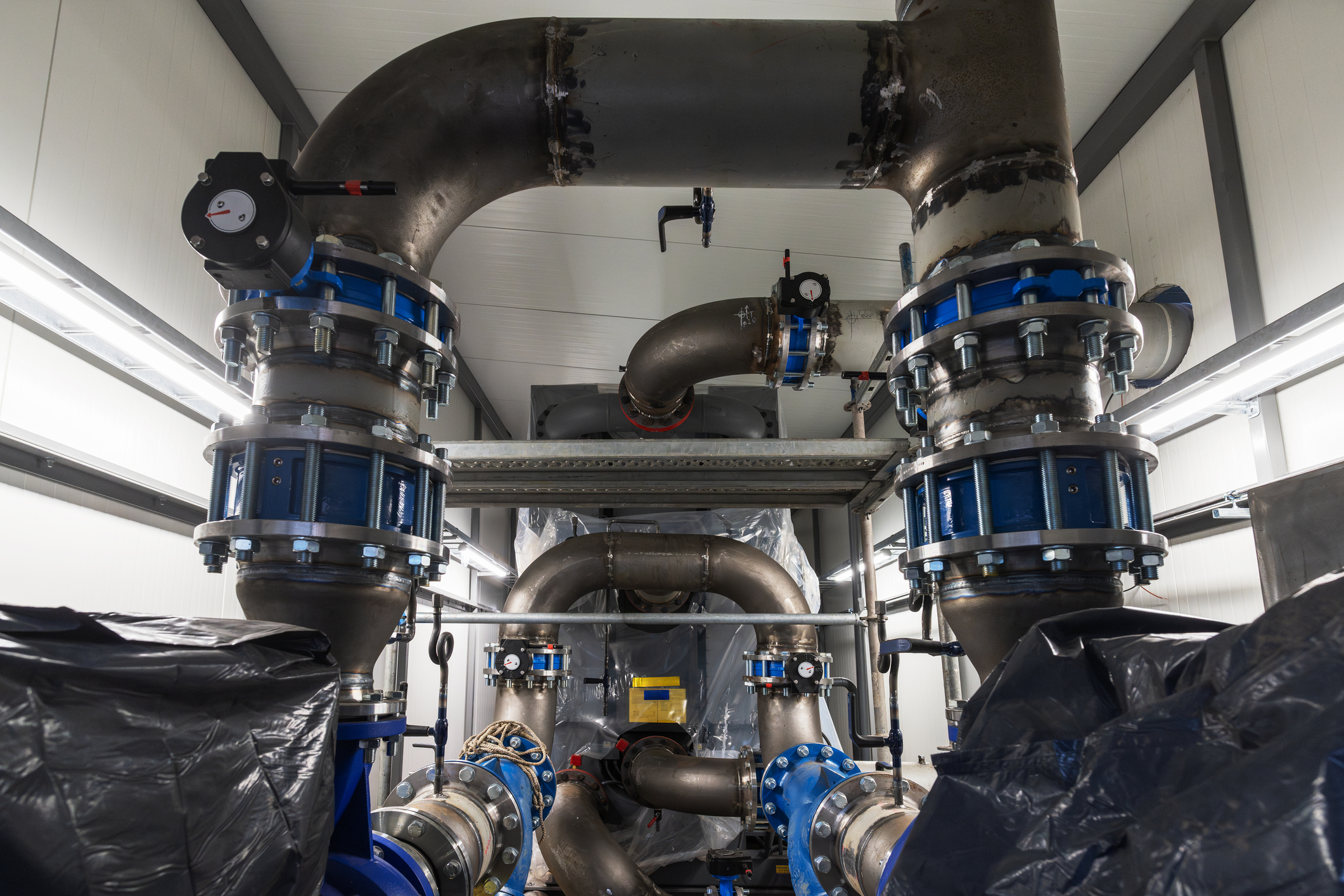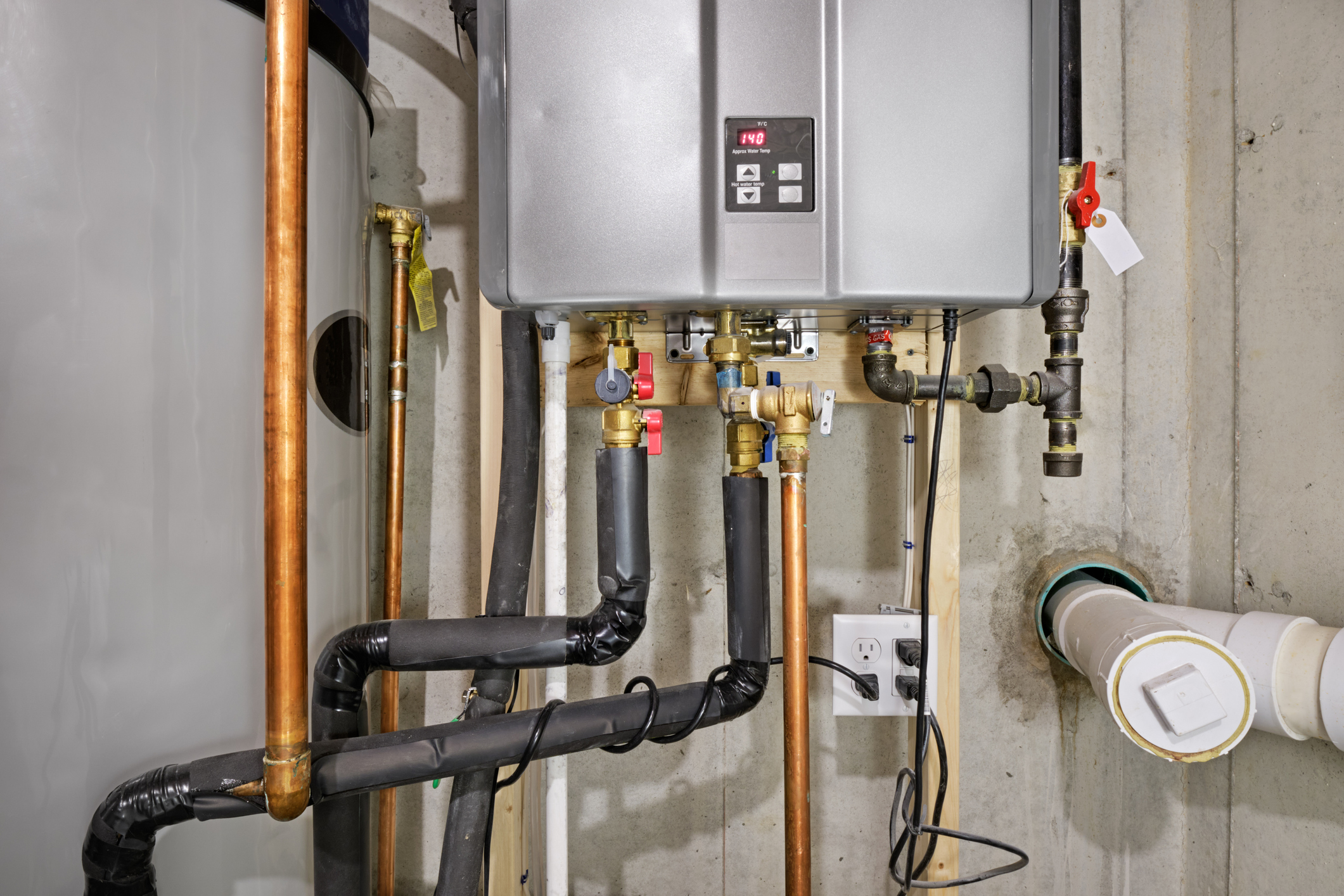Like a computer, a programmable thermostat can only be beneficial if you know how to use it to its fullest capacity. Though you will still see some savings and advantages even if you don’t maximize the way you utilize this piece of household heating and cooling equipment, they won’t be as far-reaching as they could be.
There are numerous methods to making certain your programmable thermostat doesn’t just become a rarely-considered “ornament” on your wall:
#1: Learn how to set your programmable thermostat so you can make sure your home isn’t being excessively cooled or heated during times when no one will be in the house.
If it’s empty every day between 8:00 a.m. and 4:30 p.m., you shouldn’t spend your hard-earned dollars keeping the thermostat set at 68! The same can go for overnight hours when all or most of your family will be sleeping. By simply moving the temperature by 7-10 degrees Fahrenheit, you can end up saving around 10 percent on your yearly energy bills. That adds up quickly and means more money is available for other things.
#2: If you’re purchasing a programmable thermostat, make sure you read the owner’s manual.
We know it can seem boring to plough through a manual, but it will pay off in the long run. After all, many of the newer models have multiple pre-set options. While you certainly don’t have to use every one of them, do consider having different pre-sets for weekends, for vacations, etc.
#3: After you have pre-set your thermostat, resist the temptation to constantly override those settings.
This may be especially difficult for a family member who is “always” too hot or too cold. However, it’s essential because the more often you tinker with the settings, the more it will cost. Certainly, you can override the thermostat when it’s necessary, but it probably won’t be necessary on a daily (or even weekly) basis.
#4: While “tinkering” with the programmable thermostat isn’t a good idea, trying different temperatures to determine the one every member of the household can live with is wise.
Many families like to try changing the temperature by one degree at a time, especially at the beginning of each season. This kind of experimentation shouldn’t take too long, and will help everyone “buy in” to pre-sets. A good rule of thumb is to move the thermostat by about one degree every few days. Case in point: In the summer, you might want to start by having the thermostat at 66 degrees, and then move it to 67 degrees, 68 degrees, etc. At some point, it will feel too hot in the house for the majority of the residents. In this way, you can ensure that you’ve discovered the perfect temperature.
#5: Try not to fall into the habit of excessively and aggressively turning your thermostat up or down.
If you walk into your livingroom in July and you feel like it’s uncomfortably warm, don’t set the thermostat to 45 degrees. This won’t make the house get cooler any faster. Just turn it down a few degrees; the cooling system will “kick in” and the house will begin to get more comfortable.
#6: If your home is “zoned”, you should have programmable thermostats for each zone.
You can always try different pre-settings to determine how to best cool and heat your house. If you use one zone less often than others, you may not need to cool it as much as you do other areas of your residence. Many families find that having multiple programmable thermostats really helps them become better stewards of their money.
#7: Keep batteries on hand for your programmable thermostat.
Most thermostats need to have their batteries changed around once a year. To make it easier on you, just change them when you change the batteries in your smoke and carbon monoxide detectors (this is usually done during “Fall Back” or “Spring Forward” daylight savings times.)
When you take the time to make the most out of your thermostat’s programming, you’ll be able to save more of your income. You’ll also be setting the stage for a home environment that gives you more predictable temperatures. This, in turn, helps appliances like refrigerators and freezers put out less energy because they won’t have to work as hard.
Every little step you take in terms of taking advantage of your programmable thermostat’s benefits will have positive repercussions for you, your family and your budget.
Sources: ENERGY STAR, United States Department of Energy






